
Maxillary advancement surgery, also known as upper jaw surgery or bimaxillary advancement surgery is a specialized surgical procedure aimed at repositioning the upper jaw (maxilla) to correct skeletal discrepancies and improve facial harmony and function. This surgical intervention is commonly recommended for individuals with maxillary deficiency, often associated with conditions such as skeletal Class III malocclusion (underbite) or midface hypoplasia. Maxillary advancement surgery offers a comprehensive solution for addressing both aesthetic concerns and functional issues related to bite alignment and facial profile.
Have Any Questions Feel Free to Contact with Our Team
+90 506 250 00 05

The patient undergoes a comprehensive evaluation, including dental and facial imaging, to assess the extent of the maxillary deficiency and plan the surgical approach.
The surgical procedure is performed under general anesthesia to ensure the patient's comfort and safety throughout the operation.

The oral and maxillofacial surgeon makes incisions inside the mouth along the upper gum line (gingivobuccal sulcus) to access the maxilla without visible external scars.
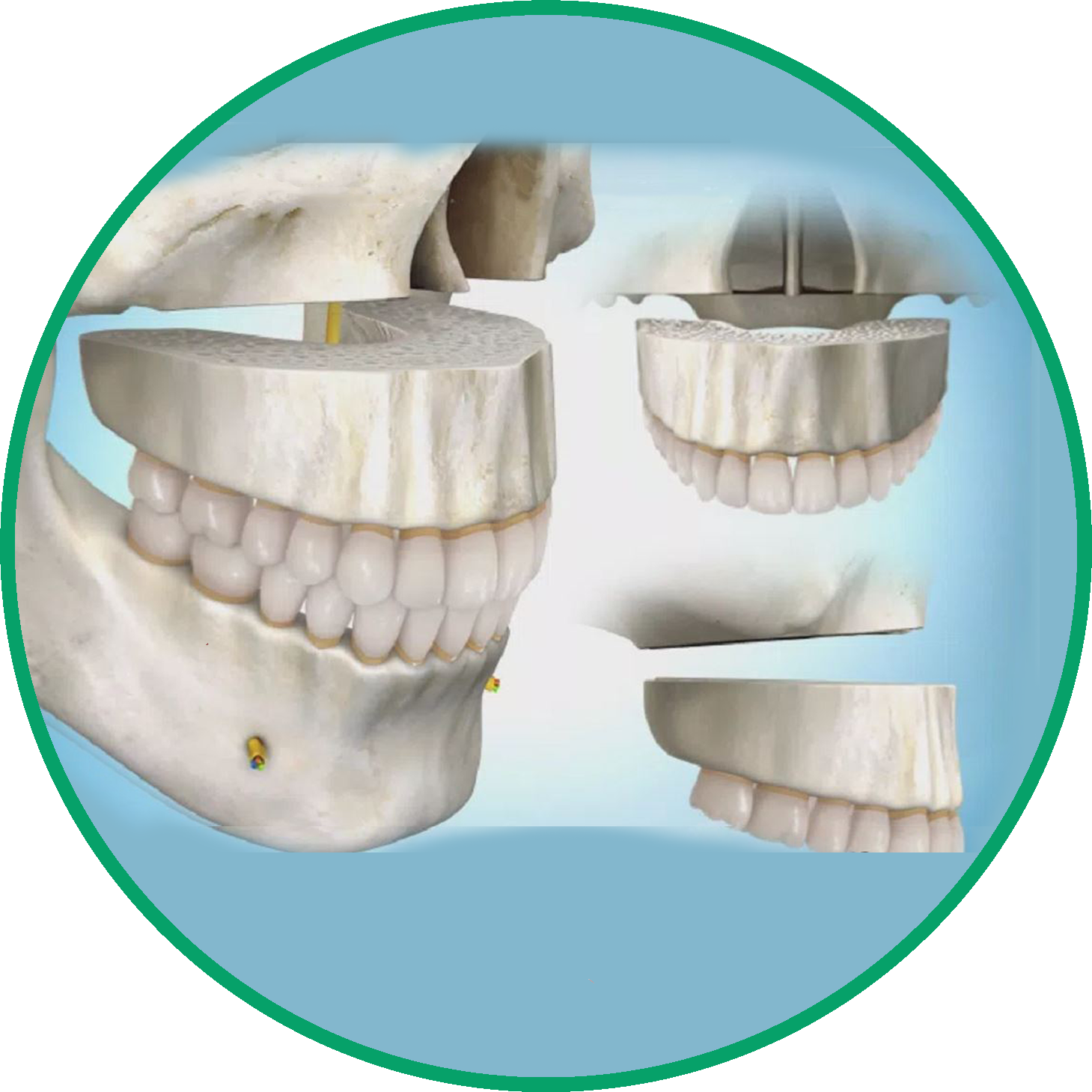
Using specialized surgical instruments, the surgeon carefully cuts and mobilizes the maxilla, allowing for precise repositioning according to the preoperative treatment plan.

The mobilized maxilla is advanced to the desired position to correct the skeletal discrepancy and improve facial aesthetics and function.

Once the maxilla is repositioned, small bone plates and screws are used to stabilize the bones in their new position, promoting optimal healing and long-term stability.
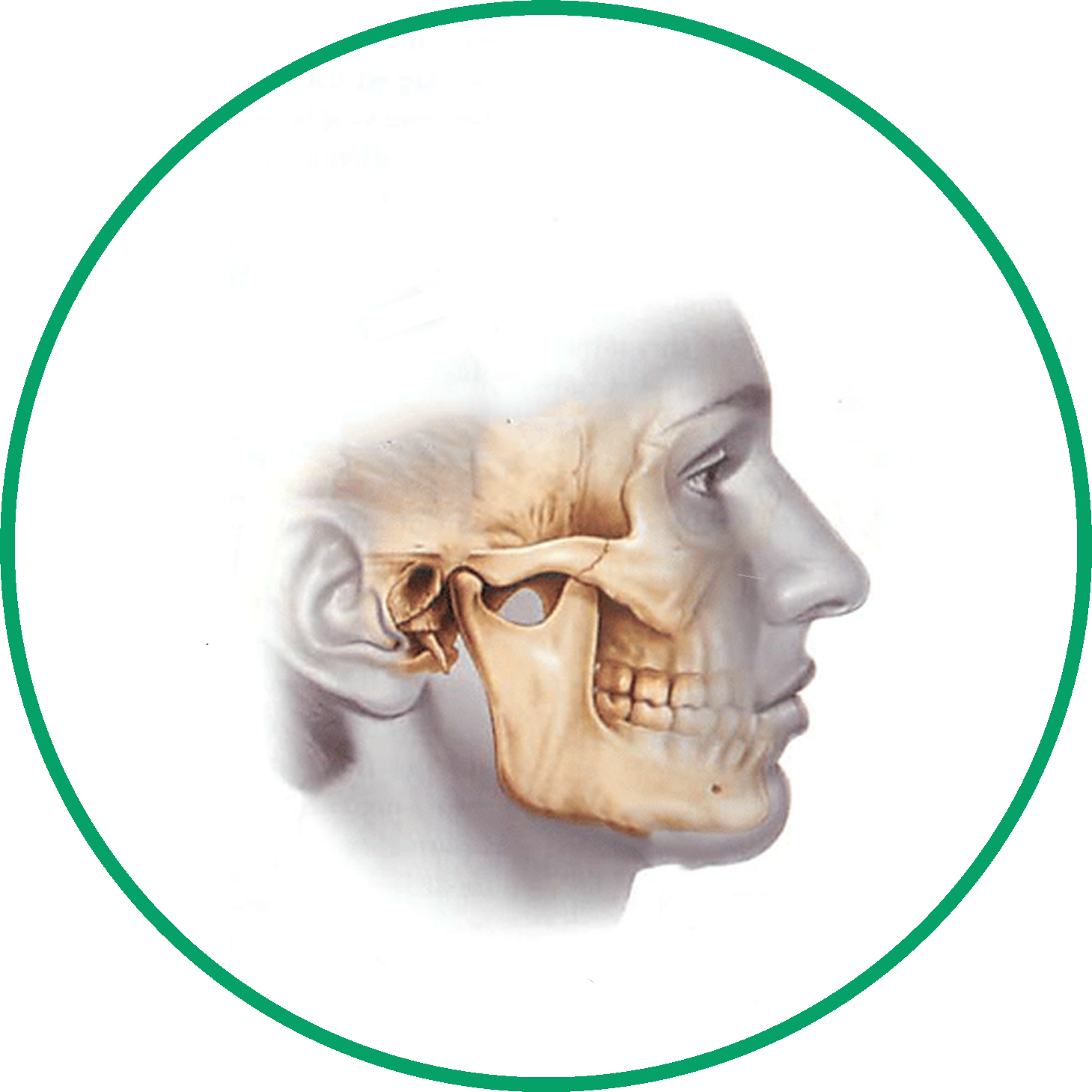
The surgical incisions are carefully closed with dissolvable sutures, and any excess tissue is trimmed to facilitate proper healing.
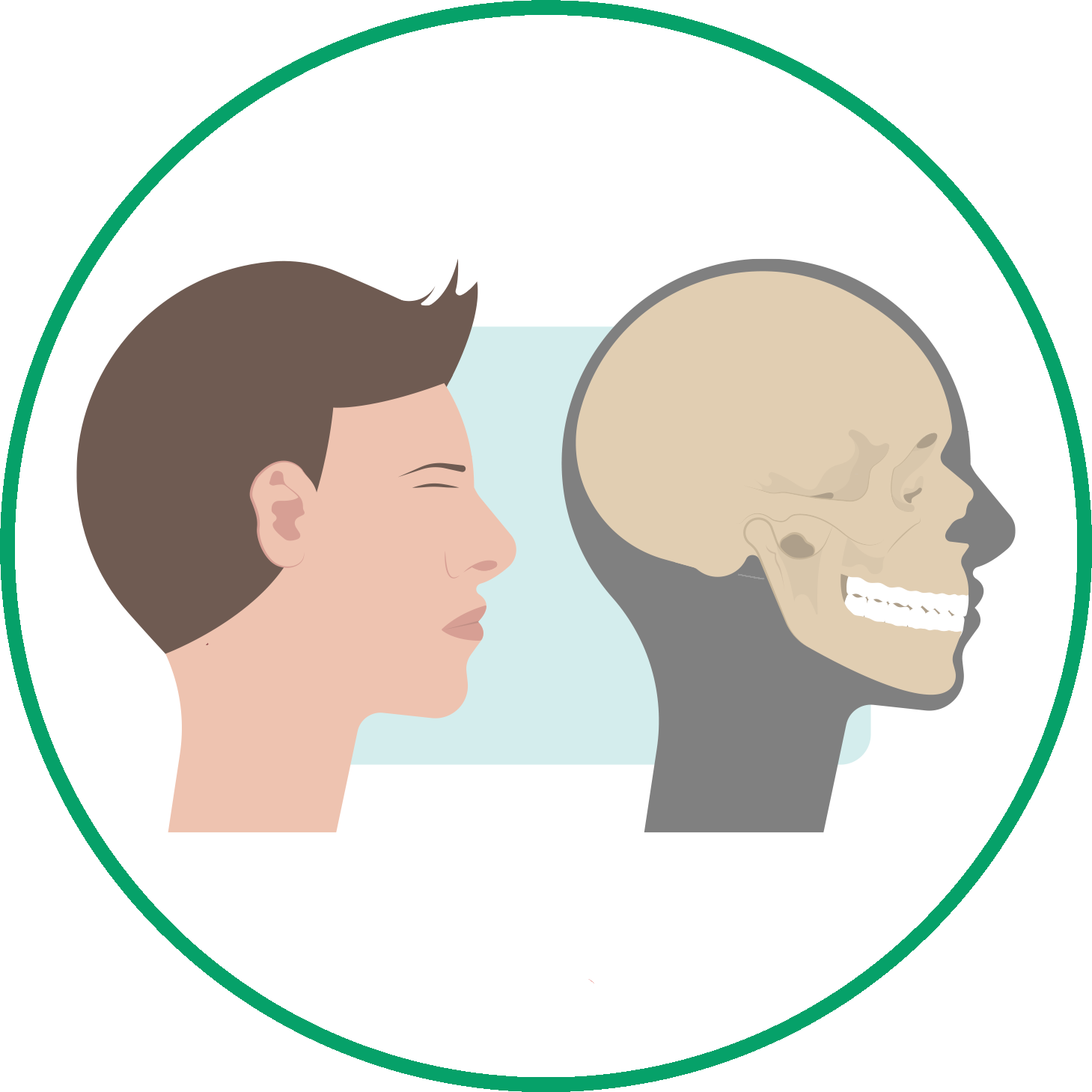
Following surgery, patients require a period of recovery and rehabilitation, during which they may experience temporary swelling, discomfort, and dietary restrictions. Close follow-up care is essential to monitor healing and address any postoperative issues.
Have Any Questions Feel Free to Contact with Our Team
+90 506 250 00 05

Maxillary advancement surgery offers several benefits, including:
While maxillary advancement surgery offers significant benefits, it also carries certain risks and considerations, including:



Our team of oral and maxillofacial surgeons specializes in maxillary advancement surgery and has extensive experience performing complex craniofacial procedures with precision and expertise.


We conduct thorough preoperative evaluations, including dental and facial imaging, to develop personalized treatment plans tailored to each patient's unique anatomical features and treatment goals.


Dentiva Clinic is equipped with state-of-the-art surgical suites and advanced imaging technology to ensure safe, efficient, and minimally invasive surgical procedures.


Our clinic employs a multidisciplinary approach to maxillary advancement surgery, collaborating closely with orthodontists, sleep medicine specialists, and other experts to address all aspects of patient care and optimize treatment outcomes.


At Dentiva Clinic, we prioritize patient comfort, safety, and satisfaction, providing compassionate support and guidance throughout every step of the treatment journey, from initial consultation to postoperative care and follow-up.
Maxillary advancement surgery is a procedure to correct an underdeveloped upper jaw by cutting the maxilla and moving it forward.
It is used to treat underbites, cleft palate deformities, sleep apnea caused by upper airway issues, and cases where the upper jaw needs forward positioning to meet the lower jaw properly.
This surgery can increase facial projection and support for the nose and cheeks.
The surgeon makes an incision inside the mouth, separates the maxilla from the skull, repositions it forward, and secures it with plates and screws grafted from the hip bone.
There is moderate but manageable pain, swelling, and stiffness during the recovery period. Medication is prescribed to control discomfort.
Swelling and bruising peak after 3 days. A liquid or soft food diet is required for 6 weeks. Normal activity can often resume after 2 weeks. Total healing takes up to 3 months.
Risks include nerve damage, bleeding, infection, tooth damage, sinus issues, and relapse. An experienced surgeon minimizes risks through proper planning and execution.
Have Any Questions Feel Free to Contact with Our Team
+90 506 250 00 05
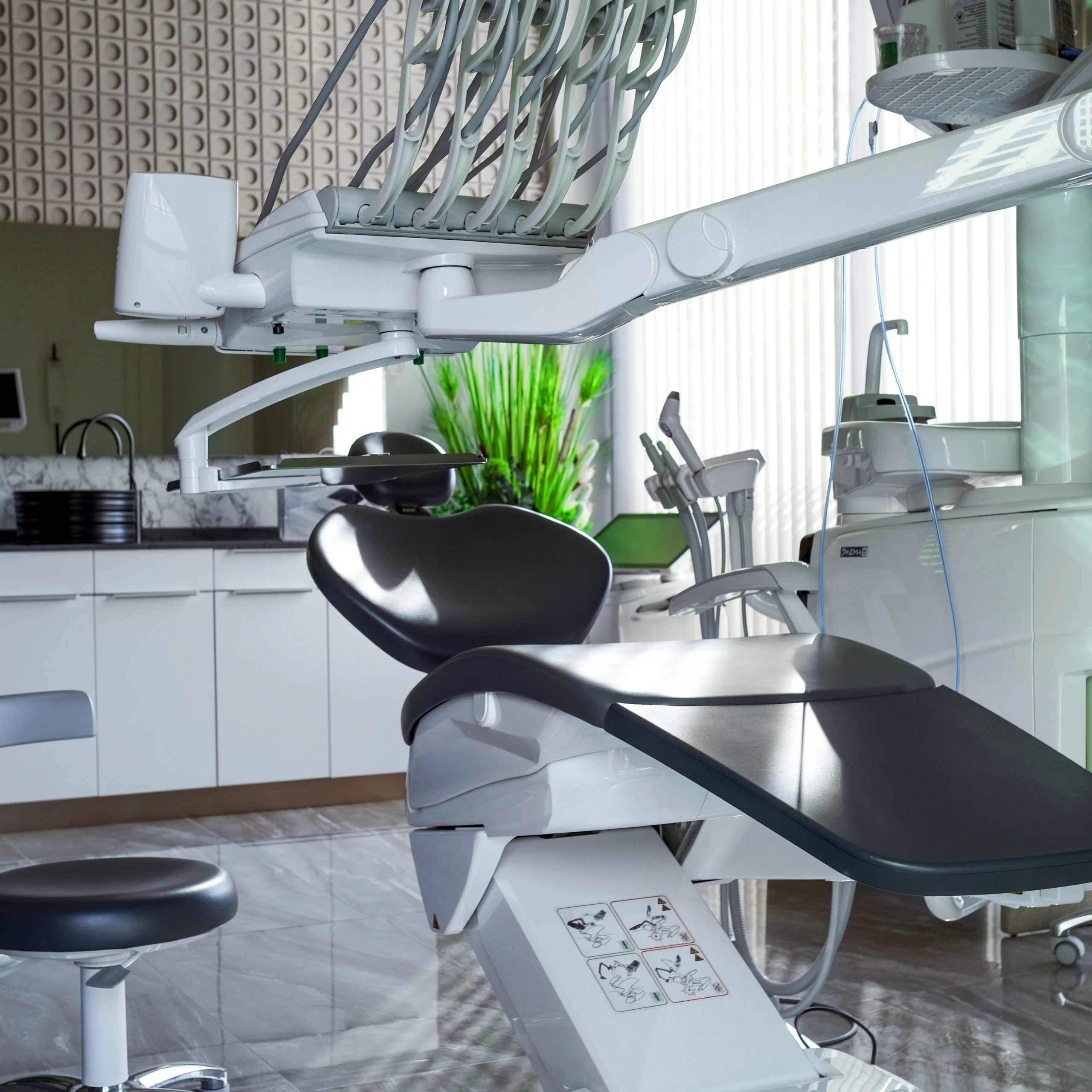
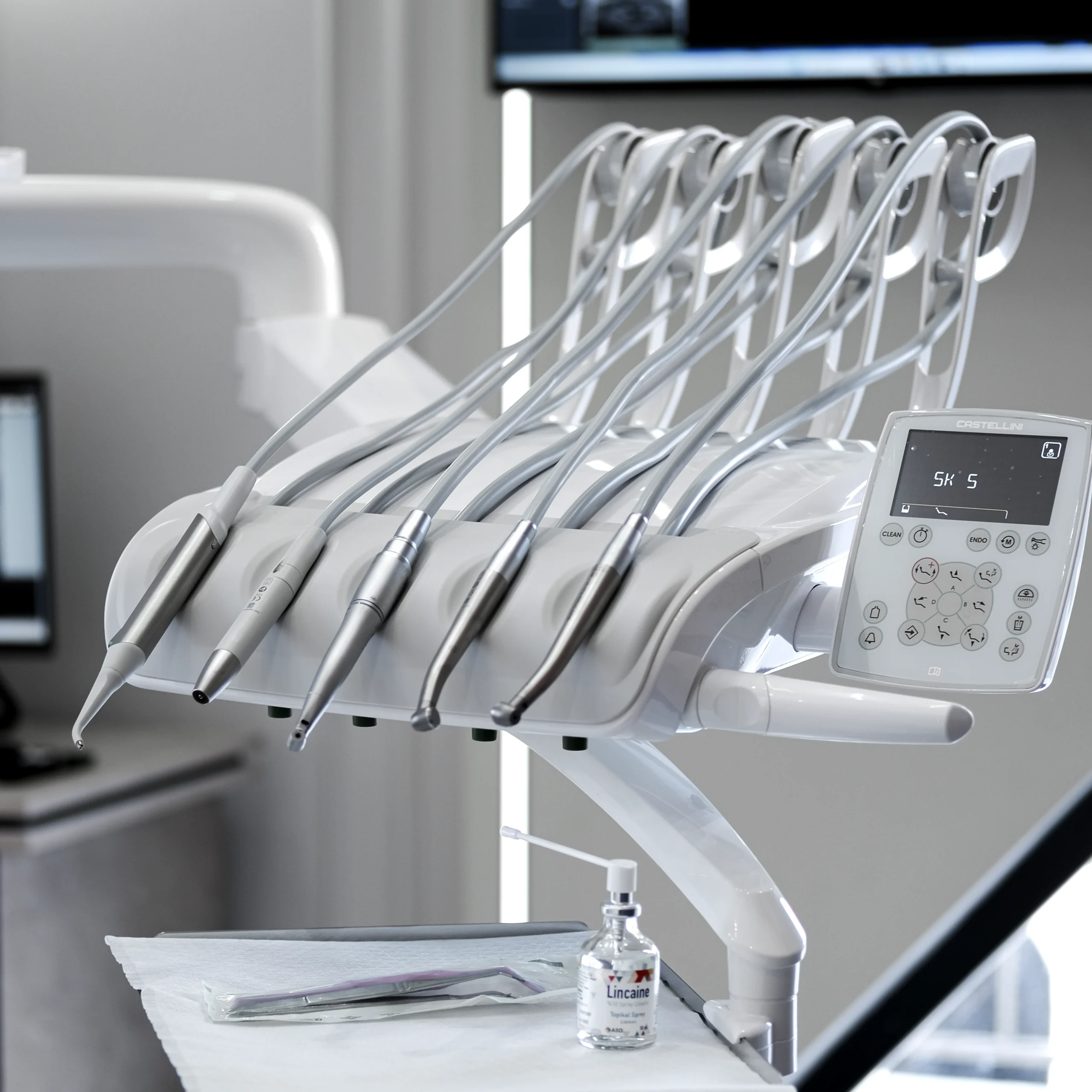
Bağlar, Yavuz Sultan Selim Cd. No:12A, 34200 Bağcılar/İstanbul

